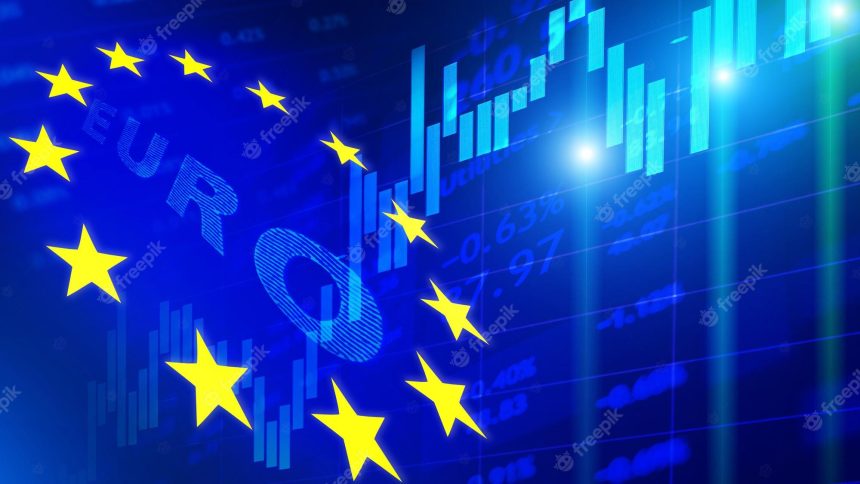PMI: EURUSD, neutral and strong sector growth in the euro zone but manufacturing slowdown. The HCOB Flash Eurozone PMI Composite Output Index, which is seasonally adjusted, continued to rise.
PMI: EURUSD stays stable amid the sector growth and weak manufacturing
Despite a drop from April’s reading, The adjusted for seasonality HCOB Flash Eurozone PMI Composite Output Index stayed in growth territory. Throughout the 6th straight month. The report indicated that growth had slowed to its lowest pace in the past three months. The expansion is still solid for the time being and the reading was the third strongest during the past year. Despite – the decline from the previous month.
Adjusted HCOB Flash Eurozone PMI Data

The gap in growth between manufacturing and services grew even wider. Suggesting that the rebound will be uneven. The second-rapid growth rate over the year before was in the service sector. Which shows no signs of slowing down. Germany’s economic downturn is more proof that manufacturing is still a problem, and the disparity between manufacturing and services is now the biggest it has been until 2009.
While new orders for services were growing, there are also indications of a downturn. The manufacturing orders were revealing, falling sharply and falling short of the services to a degree that was last observed in 2008.
In the meantime, output growth picked up speed, which was due to businesses satisfying orders from earlier months. As fresh orders continue to be delayed. The piles of work that had accumulated since the Covid Pandemic decreased more quickly – In the manufacturing sector in particular.
HOCB Output Graph

As the trend toward easing persisted, average prices for products and services increased at the slowest pace in 25 months. Energy prices caused input costs to decrease for a third consecutive month. While the service industry experienced a strong increase as salaries and pay expenses continued to exert pressure on pricing.
IMPLICATIONS FOR THE EUROPEAN CENTRAL BANK (ECB) OF THE PMI REPORT
Since reaching its most recent high in January, the Euro Area PMI data has been steadily declining. The (ECB), however, isn’t going to be discouraged by PMI data. Since markets are still pricing in two further 25 bps rate increases by Sept. ECB President Lagarde has taken action to allay any rumors of a stop, and more remarks are anticipated tomorrow.
Additionally harsh were their fellow ECB policymakers, with several of them being – especially worried by an uptick in services inflation. Boris Vujcic, a member of the ECB policymaking team, recently reaffirmed his belief that interest rates ought to be hiked more. And expressed his fears that a robust season for tourism in Europe might fuel inflation.
Market Response
After a sharp 10 pip decline in response to the data, the EURUSD pair recovered to trade close over the 1.0800 mark. While the US the dollar finds strength in the lack of a deal on the US debt limit, e have kept pushing downward on a daily basis.
The 100-day MA, which should act as barrier and keep bears engaged, is where we now trade. Yet, the sharp loss and selloff during the last two weeks suggests for some form of retracement. Which may take place from this point if the debt ceiling negotiations go well. Including a potential rebound toward the 1.0900 mark. The 1.0700 mark comes into view before further fall must battle with support near the 1.0747 region.









